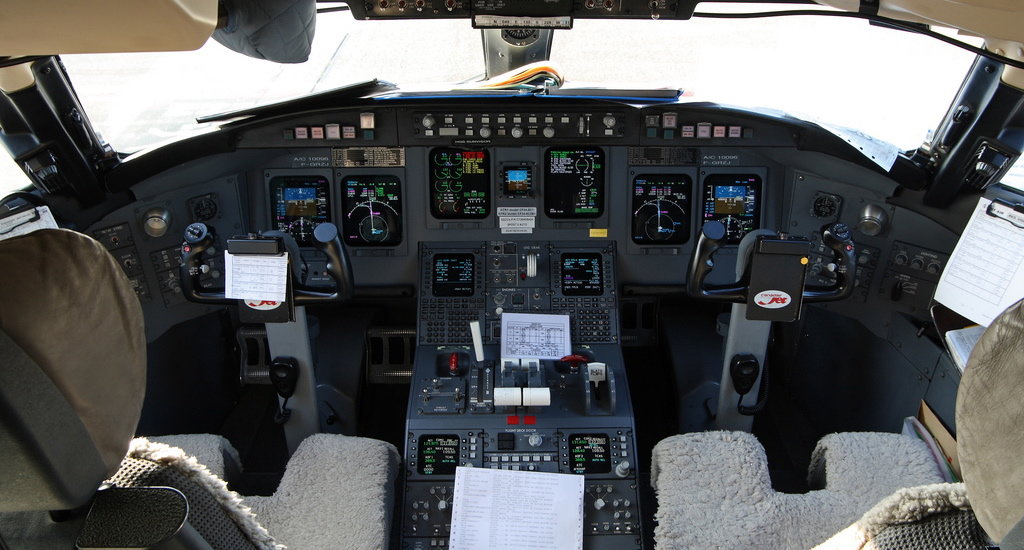Soon, autonomous drones will be taking off and landing at all major US airports

With self-driving cars already on the way, it’s conceivable that someday soon all commercial flights will be piloted by computers. If you read the news about drones, then you’re likely to imagine a future where Predator-like drones flown by the NSA keep tabs on Main Street, USA. That may never happen, but even if it does, we’re likely to see commercial airliner drones long before. Don’t get your hopes up that replacing pilots with computers will result in more leg room though.
There have been a few plane crashes in the past several weeks. Like this one. Or this one. Technical malfunction are the most common cause of plane crashes, but with several of this year’s crashes, the only possible explanation has been human error by the pilot or crew.
This raises a simple question; why are pilots flying at all? Planes have been going down the path to full automation for years, with takeoff and landing remaining as the most crucial parts of the pilot’s job. Zero risk is not achievable, but by increasing automation levels to almost one hundred percent, the job of the pilot and computer could be flipped. In essence, plane would become a drone, with a pilot overseeing for any potential bugs. Google estimates that its autonomous cars can completely eradicate the accidents which result from human error, a cause for more than 90% of the 33,000 car wrecks in the US in 2010. And flying planes is, if anything, a simpler technical challenge than driving.
Crash investigators of the Asiana Airlines incident have urged engineers to consider installing a warning noise for pilots when they are approaching too low or too fast. Gee…if a computer already knows that the incoming flight path is incorrect, why not just make the flights automated all together? Speculation on Asiana Airlines flight suggests that these types of warnings were ignored for cultural reasons — clearly something no computer would ever be affected by.
The idea has already been explored at length, with a test flight taking place in Britain in May where the entire cruising altitude portion of the flight was completed without a pilot. And the military recently conducted successful tests of fully autonomous aircraft landing on aircraft carriers. A connection with a computer on the ground allowed the plane to avoid turbulence and other air traffic without any human interaction. The next steps would be automating takeoff and landing while navigating the even more hectic frontier of legalizing these methods.
Questions always arise when automation comes into play, especially with so many lives at risk. Could cyber-terrorists and hackers replace hijackers in an attempt to bring down planes remotely? Only time will tell if this attempt to save lives through technology would open a scary loophole for potential attacks.